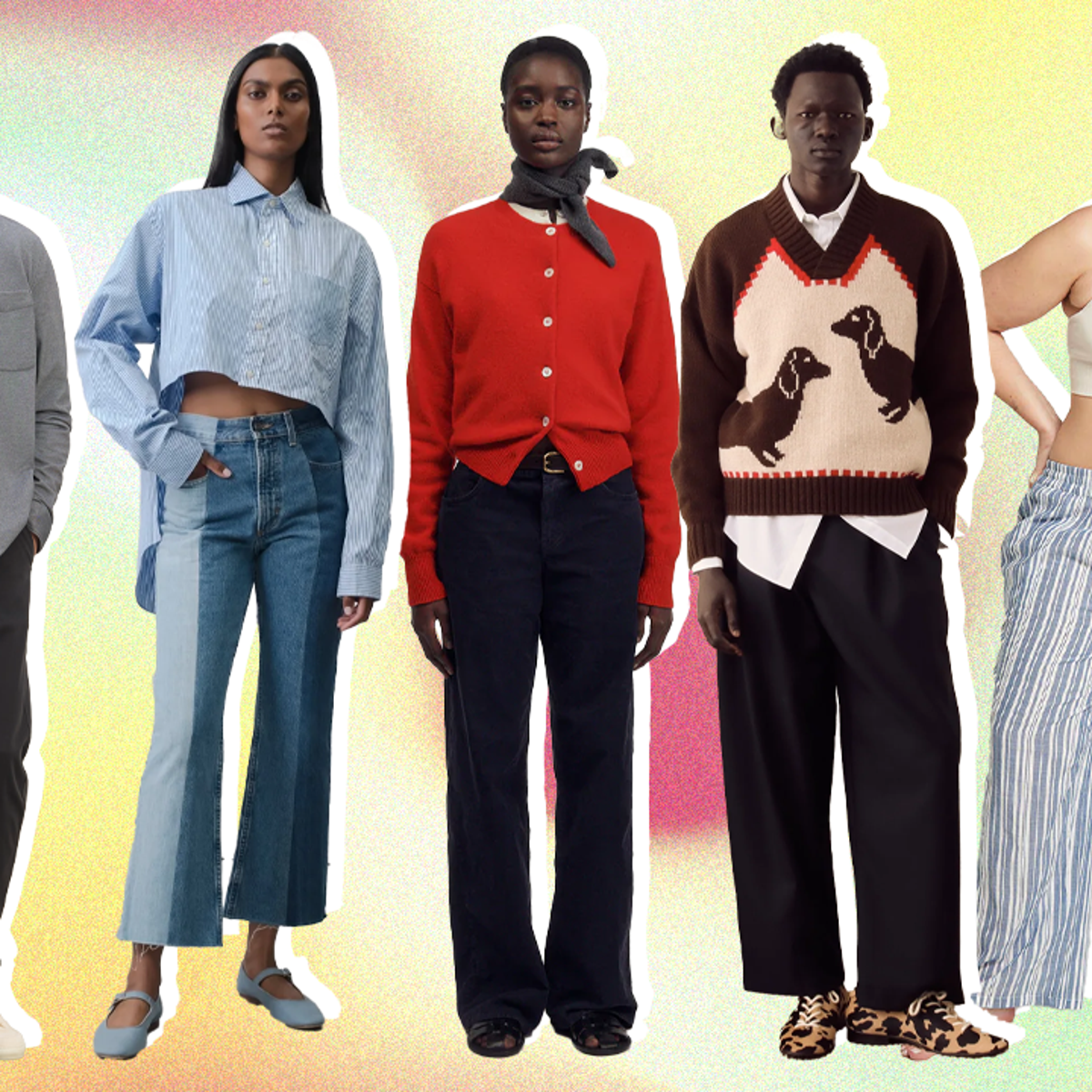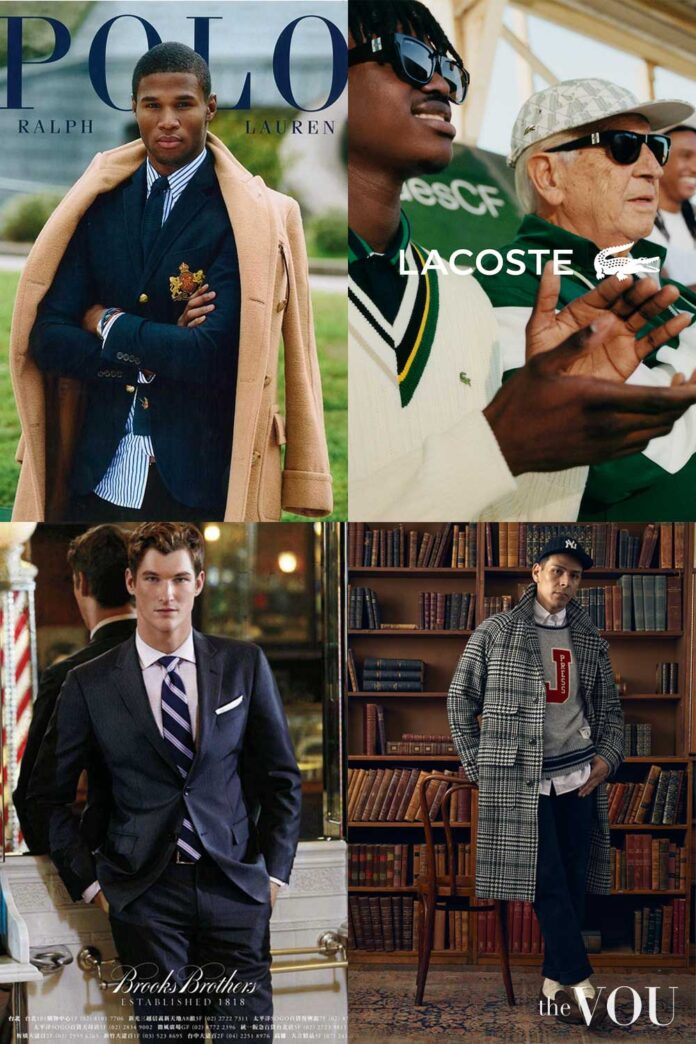How Branded Clothing Enhances Your Style Through Thoughtful Fabric Use
How Branded Clothing Enhances Your Style Through Thoughtful Fabric Use
Blog Article
Understanding Clothing: The Relevance of Fabric Choices in Your Wardrobe
The option of fabric in clothing plays a pivotal duty in both aesthetics and functionality. Different materials offer differing degrees of breathability, comfort, and sturdiness, directly affecting the user's experience. Comprehending these nuances can boost one's closet considerably. Yet, lots of neglect exactly how these options can influence not just personal design, but likewise sustainability. What fabric decisions could redefine your wardrobe and straighten it with both design and responsibility?
The Role of Material in vogue and Capability

Usual Material Kinds and Their Characteristics
When selecting clothes, comprehending the characteristics of typical textile types is necessary for making educated options. Cotton, a widely-used natural fiber, is understood for its breathability, gentleness, and flexibility, making it appropriate for sportswear and day-to-day garments. Bed linen, an additional all-natural alternative, flaunts superb moisture-wicking properties and a distinct texture, suitable for cozy climates.Wool, commonly favored for its heat and longevity, varies in excellence; merino woollen is soft versus the skin, while coarser types are made use of for outerwear. Artificial fabrics like polyester and nylon supply resilience and resistance to creases, making them popular for activewear and travel garments. Blends, which combine synthetic and natural fibers, can enhance functionality while preserving comfort. By recognizing these textile attributes, people can select garments that straightens with their lifestyle and aesthetic choices.
Breathability and Convenience: Choosing the Right Fabrics for Different Environments
Choosing the ideal fabrics for various climates can greatly enhance comfort and total wearability. Breathable materials are vital in warm climates, as they enable air blood circulation and wetness evaporation. Fabrics such as cotton, bed linen, and moisture-wicking synthetics efficiently draw sweat away from the body, keeping the wearer cool and completely dry. Conversely, in colder environments, thicker materials like woollen or fleece provide insulation while preserving breathability, guaranteeing warmth without overheating.Additionally, the selection of material weight plays a vital function; light-weight fabrics are preferable for summer, whereas heavier options are fit for winter season wear. Comprehending the special residential or commercial properties of each textile enables individuals to dress suitably for differing climate problems. Inevitably, selecting comfortable and breathable textiles customized to particular climates can substantially enhance daily convenience and enhance the total experience of using clothing.
Longevity and Treatment: Exactly How Material Affects Durability of Your Closet
Choosing the ideal products can substantially affect the durability and care needs of a wardrobe. Fabrics such as cotton and polyester are known for their resilience and ease of maintenance, making them optimal for day-to-day wear. In contrast, fragile products like silk and shoelace require even more mindful handling and specialized cleaning methods, which can enhance the moment and initiative needed for care. Branded Clothing.Durability is likewise affected by the textile's weave and coating; securely woven materials tend to withstand damage far better than freely woven options. Additionally, artificial blends commonly offer improved longevity, integrating the very best qualities of multiple fibers.Understanding the care directions for each and every material is important, as improper drying out or cleaning can cause premature wear. Eventually, picking durable materials can bring about a longer-lasting wardrobe, lowering the frequency of substitutes and adding to an extra lasting style selection
The Influence of Material on Fit and Shape

Lasting Material Choices: Making Eco-Friendly Choices
The effect of fabric extends beyond fit and shape to encompass environmental aspects, prompting a growing rate of interest in sustainable fabric selections. Environment-friendly materials, such as organic cotton, hemp, and Tencel, are acquiring traction amongst consumers who prioritize sustainability in their closets. These products are often generated with less chemicals and water, reducing their environmental footprint.Additionally, recycled materials, made from post-consumer waste, provide a cutting-edge option to the fabric market's contamination problem. Brands progressively welcome openness in their sourcing approaches, allowing customers to make informed decisions about their purchases.Choosing sustainable textiles not just supports honest methods however likewise urges the fashion sector to embrace more liable manufacturing techniques. As awareness of ecological concerns rises, people are prompted to assess the long-lasting impact of their textile options, promoting a movement towards an extra environmentally aware and lasting strategy to fashion.
Raising Design: Just How Textile Can Change an Attire
While numerous may focus on shade and cut when choosing an outfit, the selection of textile plays a vital role in boosting design and improving general appearance. Various materials convey distinct moods and messages; for instance, silk shows deluxe and refinement, while denim offers a laid-back, relaxed vibe. The texture and drape of a material can drastically change the silhouette, with structured textiles providing a refined appearance and softer ones producing a more fluid, unwinded aesthetic.Moreover, the weight of the fabric affects wearability across seasons. Lightweight materials like bed linen and cotton are optimal for summer, while much heavier materials such as woollen and velour offer heat and elegance in colder months. Comprehending textile properties, such as breathability and stretch, likewise encourages individuals to make enlightened choices that improve comfort without endangering style. Ultimately, the ideal textile can transform an outfit from ordinary to remarkable, making it an important factor to consider in any kind of closet.
Regularly Asked Concerns
Exactly how Do I Recognize the Fabric Material of My Clothing?
To identify textile web content, one can analyze care labels, conduct burn tests for fiber identification, or consult textile examples. These methods help separate materials, ensuring notified choices for clothes treatment and maintenance in daily wear.
Can Textile Choice Affect My Mood or Self-confidence?
Textile option can substantially impact an individual's state of mind and confidence. Branded Clothing. Specific products might evoke feelings of convenience or beauty, while others can really feel restrictive or unflattering, ultimately influencing self-perception and psychological wellness throughout the day
What Fabrics Are Best for Delicate Skin?
For people with sensitive skin, all-natural view it now textiles like linen, bamboo, and cotton are typically suggested. These materials are breathable, hypoallergenic, and much less most likely to create irritation, making them ideal options for comfort and skin health and wellness.
How Do I Effectively Wash and Look After Various Fabrics?
To properly clean and care for different materials, one need to think about each product's details demands, including temperature level settings, detergents, and drying out techniques, ensuring longevity and maintaining the fabric's original high qualities for ideal use.
Exist Specific Fabrics for Athletic or Performance Use?
Sports or performance wear often uses materials such as spandex, polyester, and nylon. These materials are designed for moisture-wicking, breathability, and versatility, boosting movement and comfort throughout exercises while offering resilience and support. Alternatively, in colder environments, thicker textiles like wool or fleece offer insulation while preserving breathability, making certain warmth without overheating.Additionally, the selection of fabric weight plays a crucial duty; lightweight textiles are better for summertime, whereas larger options are fit for winter wear. In comparison, fragile materials like silk and lace need more careful handling and specialized cleaning approaches, which can increase the time and effort required for care.Durability is likewise affected by the material's weave and surface; snugly woven materials tend to resist wear and tear far better than loosely woven options. In comparison, rigid materials can restrict motion yet give a classic, polished look.Moreover, the density moved here and texture of the fabric can influence the aesthetic perception of body form. The influence of textile prolongs past fit and silhouette to encompass ecological aspects, triggering a growing rate of interest in lasting material selections. The structure and drape of a textile can significantly modify the silhouette, with organized fabrics giving a polished look and softer ones creating a more fluid, unwinded aesthetic.Moreover, the weight of the material influences wearability across periods.
Report this page